California Street Food with a Twist: Multicultural Bites in Tiny California Towns
California's street food scene represents one of the most diverse and innovative culinary landscapes in the United States. The food truck revolution gained steam in California with Los Angeles' Kogi BBQ, launched in 2008, transforming how Americans think about mobile dining. From bustling urban food truck parks to hidden gems in small towns, California offers an unparalleled variety of street food that reflects the state's multicultural identity and agricultural abundance.
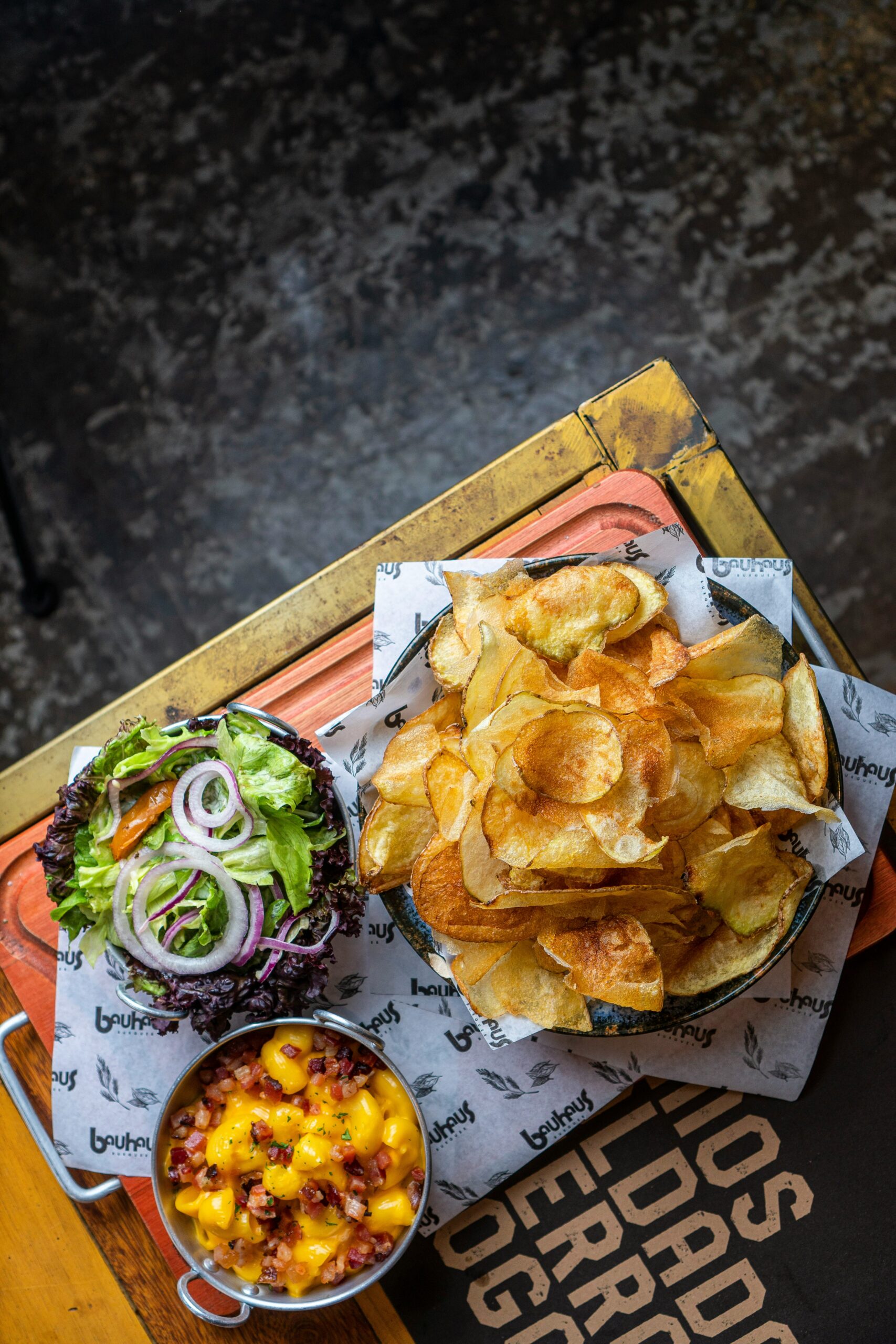
The Golden State's food trucks are now integral to local communities, supporting small business growth and reflecting the state's multicultural influences. Cities like Los Angeles, San Francisco, and San Diego have become renowned for their vibrant street food scenes, while smaller communities throughout the state offer their own unique takes on mobile cuisine. These vendors serve everything from traditional Mexican tacos to Korean-fusion dishes, creating a dining experience that spans continents.
Beyond the well-known metropolitan areas, California's small towns harbor exceptional street food discoveries that showcase regional specialties and family recipes passed down through generations. Whether seeking authentic ethnic cuisine in major cities or stumbling upon local favorites in unexpected places, California's street food culture provides endless opportunities for culinary exploration across diverse communities and landscapes.
California Street Food with a Twist: Multicultural Bites in Tiny California Towns
California Street Food Culture: A Melting Pot of Flavors
California's street food scene draws from decades of multicultural immigration and agricultural abundance. The state's diverse cultural landscape combines Mexican traditions with Asian fusion influences and farm-fresh ingredients.
Origins and Rise of Street Food in California
Street food in California emerged from the state's agricultural heritage and immigrant communities. Mexican laborers brought traditional recipes that evolved into mobile food operations during the mid-20th century.
The rise of food culture in California reflects the state's rich agricultural resources and diverse culinary traditions. Food trucks began appearing in urban areas during the 1980s and 1990s.
Los Angeles became the epicenter of California's street food movement. The city's sprawling layout and large working-class population created demand for mobile dining options.
Key Development Phases:
- 1960s-1970s: Traditional taco trucks serve construction workers
- 1980s-1990s: Expansion into urban neighborhoods
- 2000s-Present: Gourmet food trucks and social media popularity
San Francisco and San Diego followed with their own street food scenes. Each region developed distinct specialties based on local ingredients and cultural influences.
Influence of Mexican Cuisine on Street Food
Mexican cuisine forms the foundation of California street food culture. Traditional dishes like tacos and burritos adapted to local tastes and ingredients over generations.
Authentic Mexican street vendors introduced corn-based dishes and grilled meats. These recipes used traditional cooking methods with masa, chiles, and fresh herbs.
Core Mexican Street Food Elements:
- Fresh corn and flour tortillas
- Carne asada and al pastor meats
- Salsa verde and roja varieties
- Pickled vegetables and lime
The California street food scene showcases strong multicultural influences. Mexican techniques merged with California's abundant produce and seafood.
Regional variations emerged across different California cities. Los Angeles developed its own taco truck culture while San Diego created the California burrito with french fries.
Food trucks expanded beyond traditional Mexican offerings. They incorporated fusion elements while maintaining authentic preparation methods and flavor profiles.
Signature California Street Food Dishes Across the State
California's signature street foods vary by region and cultural influence. Each area developed specialties that reflect local ingredients and demographic preferences.
Los Angeles Specialties:
- Korean-Mexican fusion tacos
- Bacon-wrapped hot dogs with peppers
- Elote (Mexican street corn)
The explosion of flavors and cultures in California street food highlights diverse culinary influences. Fusion dishes combine multiple ethnic traditions in single offerings.
San Francisco Contributions:
- Mission-style burritos with rice and beans
- Dungeness crab rolls
- Vietnamese banh mi sandwiches
San Diego created the California burrito filled with carne asada, cheese, and french fries. This dish represents the state's innovation with traditional Mexican formats.
Statewide Popular Items:
- Fish tacos with cabbage slaw
- Tri-tip sandwiches from Santa Maria
- Avocado-topped variations of classic dishes
Northern California emphasizes fresh, seasonal ingredients while Southern California embraces diverse flavors and bold combinations.
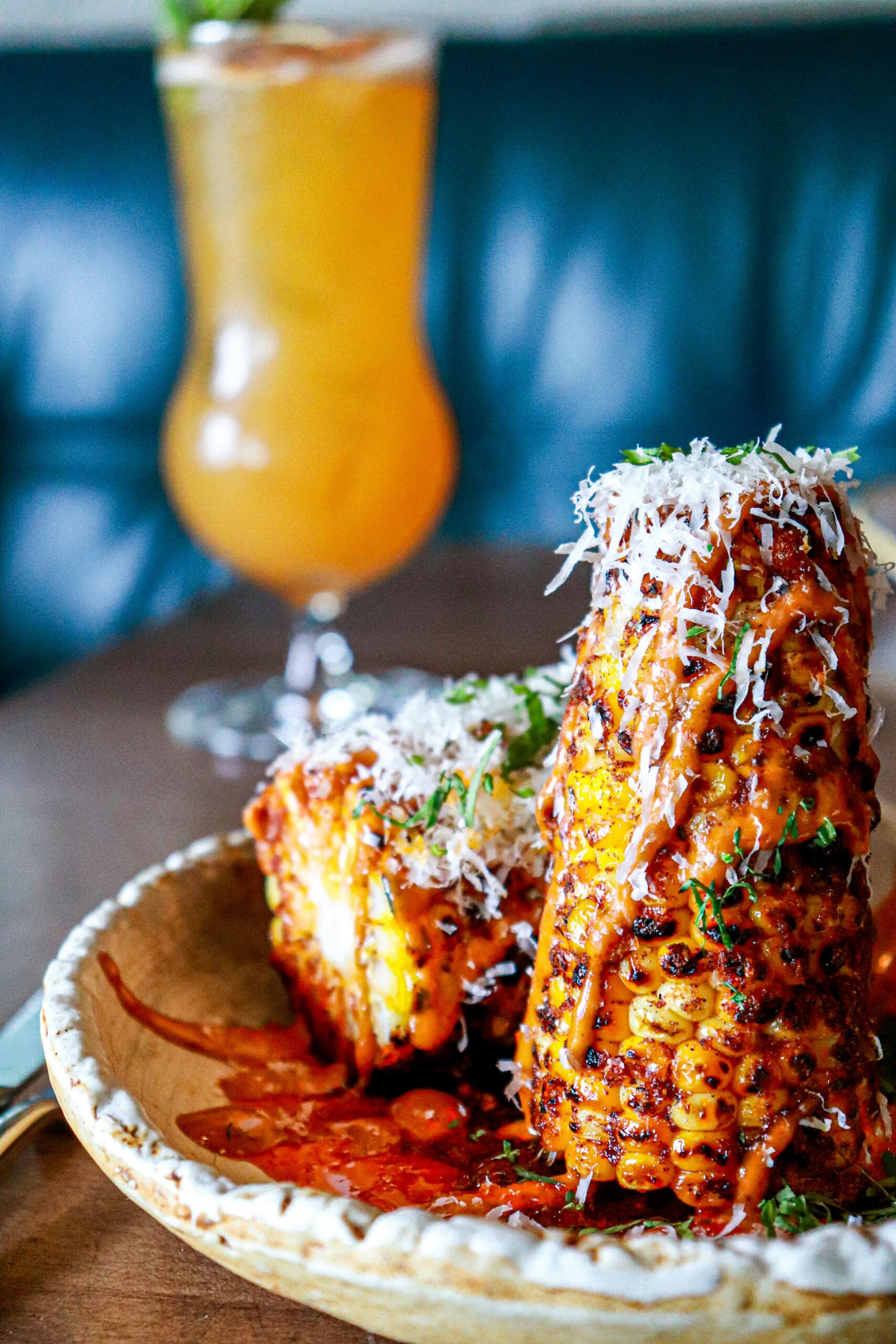
California Food Trucks: Icons, Hotspots, and Local Legends
California's food truck revolution began with Kogi BBQ in Los Angeles and has since transformed cities like San Diego and Sacramento into mobile culinary destinations. These urban centers now host dedicated food truck parks and weekly events that showcase everything from Filipino fusion to farm-to-fork cuisine.
Los Angeles Food Truck Scene
The food truck revolution gained steam in California with Los Angeles' Kogi BBQ, launched in 2008 by chef Roy Choi. This Korean-Mexican fusion truck sparked a movement that redefined street food across the nation.
Los Angeles remains the epicenter of innovative food truck culture. The city's diverse population drives demand for authentic ethnic cuisines served from mobile kitchens.
Granada Hills Grubfest takes place every Friday evening on Chatsworth Street in the San Fernando Valley. Around a dozen rotating trucks serve the community, including:
- Kyoto Hibachi & Ramen – Japanese comfort food
- Indibowl Fresh Organic – saffron-infused Butter Chicken Bowl
- Malibu Cove Seafood – grilled lobster tacos
The Avenue 26 Family Night Market in Pico Rivera operates Saturday evenings at the Sports Arena. This Latino night market started with Avenue 26 Tacos and now features dozens of vendors serving tacos, Asian barbecue skewers, and pupusas.
San Diego's Food Truck Innovations
San Diego's food truck scene focuses on fresh coastal ingredients and California-Mexican fusion. The city's year-round mild climate makes outdoor dining at food trucks particularly appealing.
Curbside Bites occurs every Wednesday afternoon along B and India streets in downtown San Diego. Six local food trucks rotate weekly, ensuring variety for regular customers.
Popular San Diego food truck offerings include:
- Chicken Shack on Wheels – fried chicken, seafood, and frog legs
- Taco Land – loaded asada fries and Mexi-Cali tacos with house-made tortillas
The downtown location attracts both office workers seeking lunch and tourists exploring the Gaslamp Quarter. San Diego's proximity to Baja California influences many truck menus with authentic Mexican flavors.
Sacramento's Mobile Eats
Sacramento's food truck presence centers around the Midtown Farmers' Market, which operates Saturdays across five blocks. The market hosts more than 200 vendors total, with food trucks positioned along 20th Street between L and Capitol.
Sacramento's farm-to-fork reputation extends to its mobile food scene. Local trucks emphasize fresh, seasonal ingredients sourced from nearby Central Valley farms.
Featured Sacramento food trucks include:
- Gondo Fusion – Cuban-Mexican rice bowls and burritos
- Maria's – authentic Spanish paella
The farmers' market setting allows customers to purchase fresh produce alongside prepared meals. This combination reinforces Sacramento's identity as California's farm-to-fork capital.
Sacramento food trucks often feature ingredients purchased directly from market vendors. This practice ensures maximum freshness and supports local agricultural communities.
Famous Food Truck Parks and Events
California pioneered the concept of permanent food truck parks that provide consistent locations for mobile vendors. These venues solve the challenge of tracking down favorite trucks across different locations.
SPARK Social SF in San Francisco's Mission Bay district rotates more than 150 food trucks. Daily lineups include established favorites like KoJa Kitchen's Korean-Japanese fusion and Señor Sisig's Filipino fusion burritos.
Parklab Gardens operates across from SPARK Social and features Bacon Bacon's pork-centric menu and El Salvadorian-Mexican fusion from Domingo's International.
Oakland's Friday Nights at OMCA runs April through October with Off the Grid food trucks. The events combine museum access with diverse Bay Area vendors in OMCA's garden setting.
Northern California venues include The Park Food Truck Hub in Redding, operating Thursday through Sunday. Regular vendors serve pork belly sandwiches, Thai noodles, and both sweet and savory crepes.
Food Truck Fridays in Indio feature Nick's Pizza, Luigi's Slush Life, and Outside the Masa serving birria from 5 p.m. to 10 p.m. weekly.
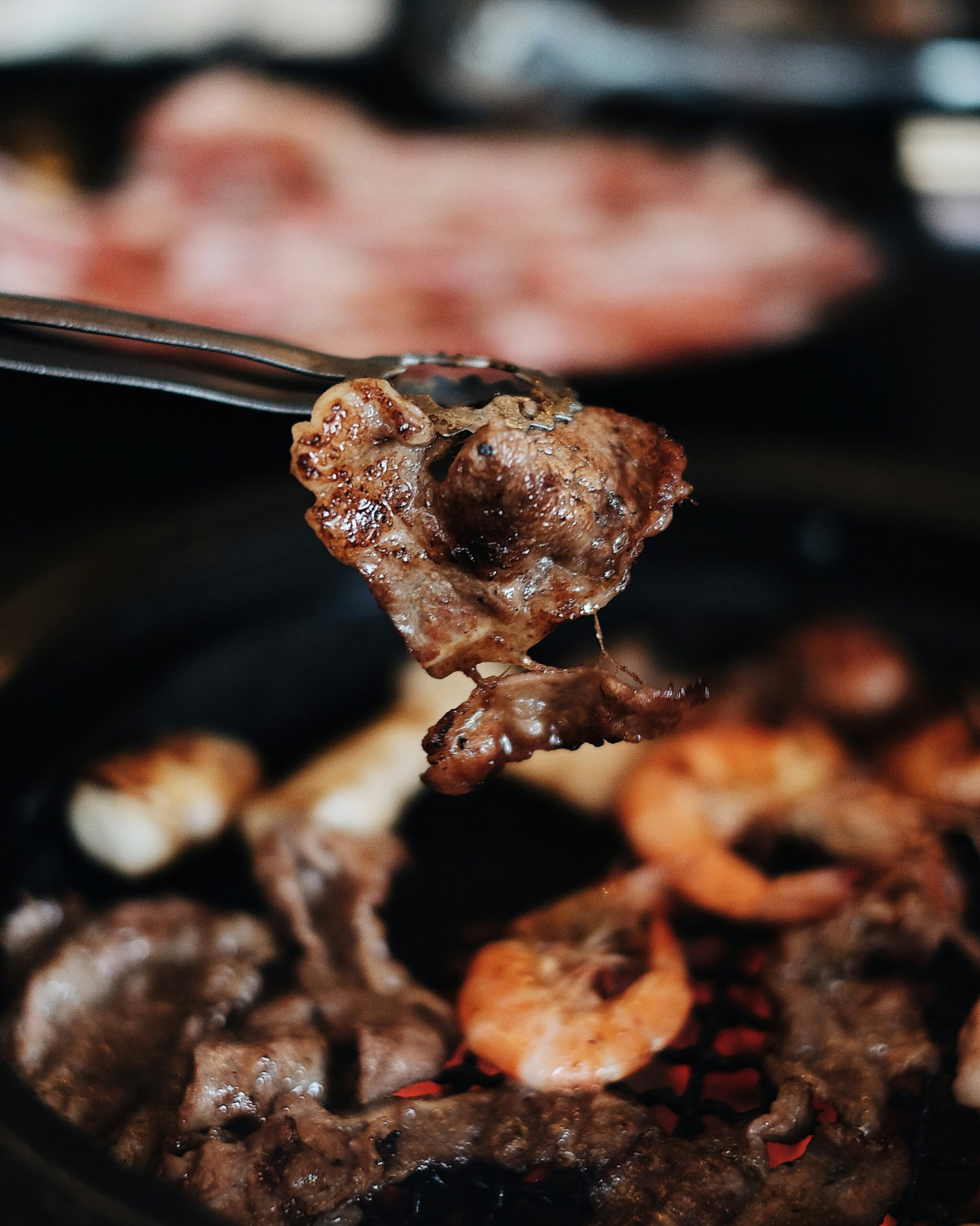
Multicultural Street Food Experiences in California
California's street food scene reflects the state's diverse population through fusion food trucks blending multiple cuisines, authentic Asian street food vendors, and traditional Latin American offerings. The cultural crossroads nature of California's food scene creates unique dining experiences that showcase international flavors adapted for local tastes.
Fusion Food Trucks and Global Cuisines
The food truck revolution gained steam in California with Los Angeles' Kogi BBQ, launched in 2008 by chef Roy Choi. This Korean-Mexican fusion truck sparked a movement that spread across the state.
Modern fusion trucks continue this innovative approach. KoJa Kitchen combines Korean and Japanese flavors in their signature dishes. Señor Sisig creates Filipino fusion burritos that blend traditional Filipino ingredients with Mexican-style preparations.
Popular Fusion Combinations:
- Korean-Mexican (bulgogi tacos, kimchi burritos)
- Filipino-Mexican (sisig burritos, lumpia wraps)
- Mediterranean-Californian (falafel bowls with local produce)
- Indian-American (curry bowls, tandoori wraps)
Food truck parks like SPARK Social SF rotate over 150 vendors. Each location offers different fusion concepts daily, allowing customers to experience multiple cultural combinations in one visit.
Asian Street Food Influences
Asian communities across California have established authentic street food operations. Thai vendors serve fragrant noodle dishes and traditional curries from mobile kitchens.
Japanese influences appear in ramen trucks and sushi roll vendors. Korean barbecue trucks offer bulgogi and bibimbap bowls adapted for quick service formats.
Vietnamese bánh mì sandwiches represent one of California's most successful Asian street food adoptions. These sandwiches combine French bread with Vietnamese fillings like grilled pork, pickled vegetables, and cilantro.
Chinese-American street food includes dim sum trucks and wok-fired noodle vendors. Szechuan fare from vendors like Momo Noodle brings authentic spice levels to California streets.
Filipino street food contributes dishes like lumpia spring rolls and chicken adobo bowls to the multicultural mix.
Latin American and Other International Flavors
Mission-style tacos originate from San Francisco's Mission district, featuring carne asada meat, beans, lettuce, cheese, and various salsas. These tacos reflect the Latin community's influence on California street food.
Mexican vendors dominate much of California's street food landscape. Traditional tacos, burritos, and quesadillas remain popular alongside regional specialties like birria and elote (Mexican street corn).
El Salvadorian pupusas appear at markets like the Avenue 26 Family Night Market. These thick corn tortillas filled with cheese, beans, or meat represent Central American contributions to the scene.
International Options Include:
- Middle Eastern falafel and shawarma trucks
- German bratwurst and pretzel vendors
- Greek gyros and Mediterranean bowls
- Ethiopian injera and stew combinations
Cuban-Mexican fusion appears in vendors like Gondo Fusion, which serves rice bowls combining both culinary traditions. Spanish influences show up in paella trucks that adapt the traditional dish for street service.
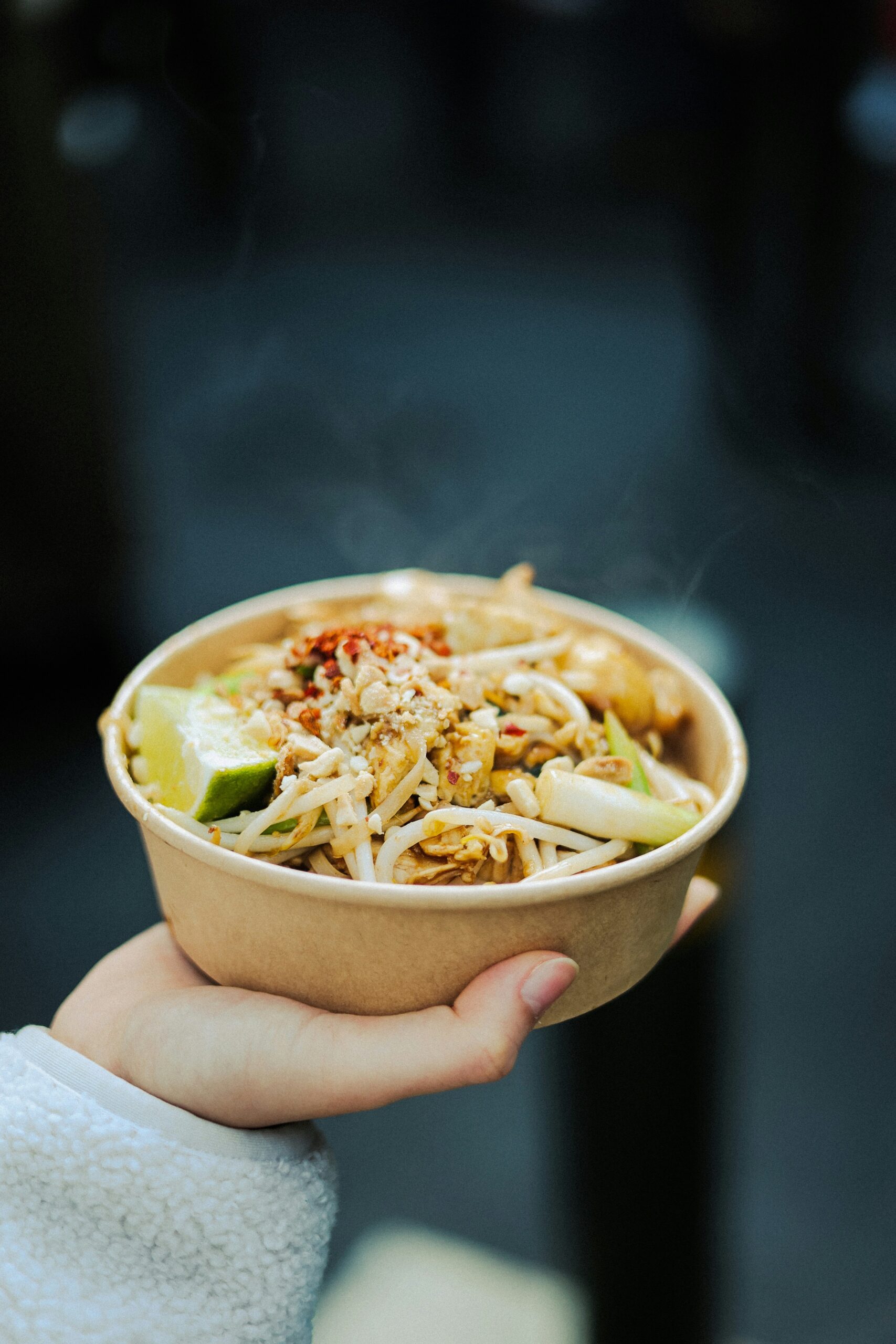
Small Town Street Food Finds: Local Favorites Off the Beaten Path
California's culinary treasures extend far beyond urban food truck hubs into charming small communities where local vendors serve authentic dishes with deep cultural roots. These small-town restaurants offer unique street food experiences that reflect regional ingredients and community traditions.
Hidden Gems Outside Major Cities
Small California towns host remarkable street food scenes that operate independently from big city trends. Towns like Julian, Los Alamos, and Murphys feature local vendors who focus on regional specialties rather than fusion concepts.
Mountain communities often showcase hearty comfort foods adapted for outdoor dining. Coastal villages emphasize fresh seafood preparations sold from roadside stands. Central Valley agricultural towns feature produce-focused vendors who source ingredients directly from nearby farms.
Popular Small Town Street Food Categories:
- Apple-based treats in Julian
- Wine country bites in Los Alamos
- Gold rush-inspired fare in Nevada City
- Farm-fresh selections in Winters
Many vendors operate seasonally or during local festivals. Weekend farmers markets frequently host the most diverse selection of street food options in these communities.
Celebrated Dishes in Quirky Communities
Each small California town develops signature dishes that reflect local culture and available ingredients. Solvang features Danish-inspired street pastries sold from weekend carts. Ferndale vendors specialize in artisanal jerky and locally-sourced meat preparations.
Burritos take on regional characteristics in different communities. Central Coast towns often include local avocados and agricultural products. Mountain communities add heartier proteins and seasonal vegetables to traditional preparations.
Notable Regional Specialties:
- Apple cider donuts – Julian mountain vendors
- Artisan bread sandwiches – Los Alamos food carts
- Farm-fresh breakfast burritos – Winters agricultural areas
- Danish pastry variations – Solvang street vendors
These dishes often incorporate ingredients unavailable in urban settings. Local producers frequently collaborate directly with street food vendors to create unique menu items.
How to Discover Small Town Street Food
Farmers markets serve as primary hubs for small town street food discovery. Most California agricultural communities host weekly markets featuring local food vendors alongside produce sellers.
Social media groups specific to each town provide real-time information about vendor locations and seasonal offerings. Local visitor centers maintain updated lists of regular street food operations and special events.
Best Discovery Methods:
- Check town websites for market schedules
- Follow local Facebook community groups
- Visit during harvest festivals and seasonal celebrations
- Ask at local hotels and bed-and-breakfasts for recommendations
Timing visits during local festivals maximizes street food variety. Many vendors only operate during peak tourist seasons or special community events. Weekends generally offer more options than weekdays in smaller communities.
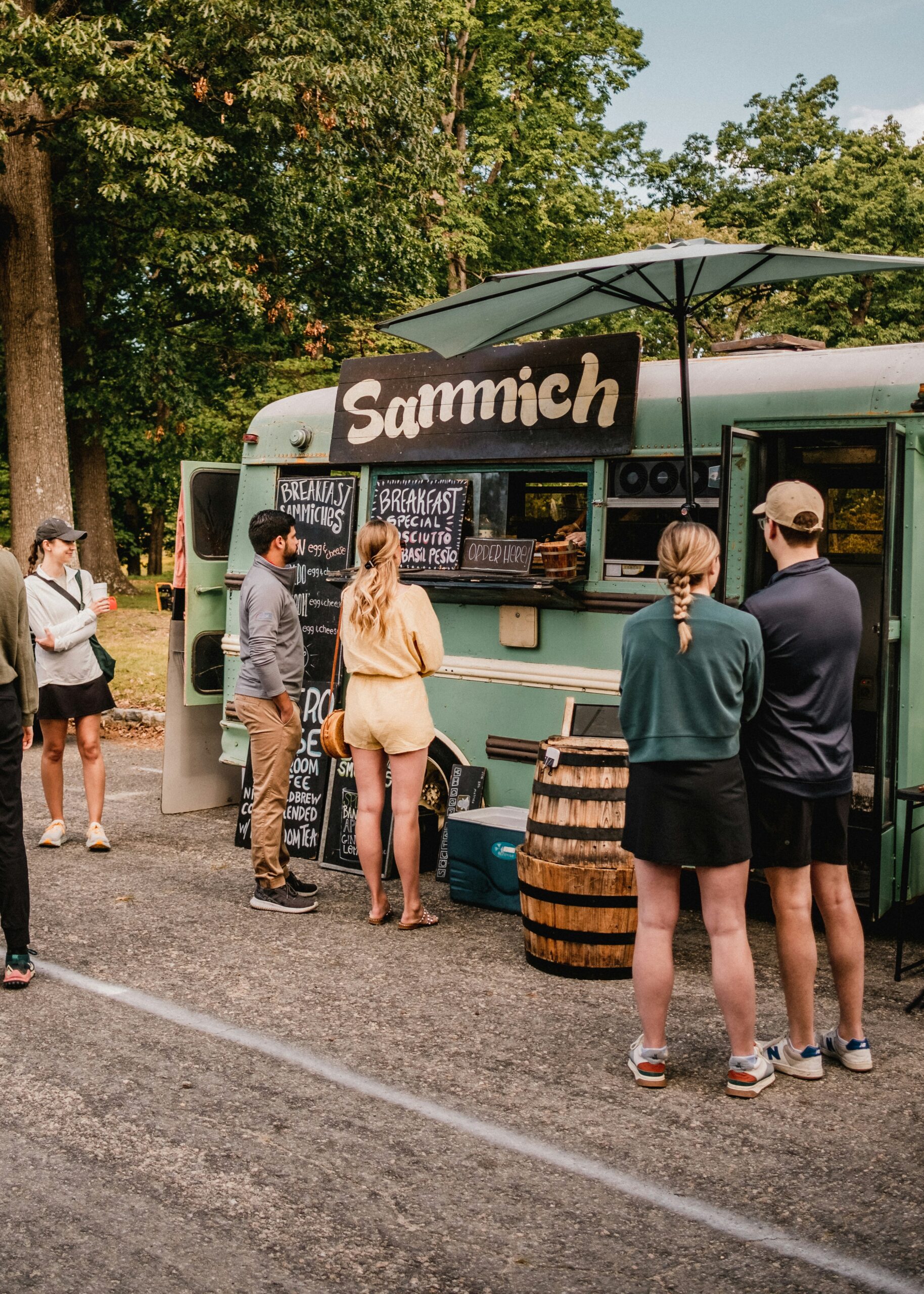
Frequently Asked Questions
California's street food scene spans from Los Angeles taco trucks to Asian night markets in the San Gabriel Valley. Small towns throughout the state offer regional specialties while multicultural influences create unique fusion dishes.
What are some must-try street food dishes in Los Angeles?
Los Angeles street food centers around authentic Mexican tacos, particularly al pastor and carnitas from traditional taqueros. Korean-Mexican fusion dishes like kimchi quesadillas and bulgogi burritos represent the city's innovative culinary crossover.
Elote (Mexican street corn) remains a staple at food trucks and street vendors throughout LA neighborhoods. Vendors often serve it grilled with mayonnaise, cotija cheese, chili powder, and lime juice.
Filipino lumpia and Vietnamese banh mi sandwiches reflect the city's diverse Asian communities. These dishes appear at food trucks in areas like Koreatown and Little Tokyo.
Where can I find the best food trucks in Southern California?
Orange County hosts numerous food truck events and farmers markets where mobile food facilities gather regularly. Popular locations include Irvine Spectrum Center and various beach communities.
Los Angeles food trucks concentrate in downtown areas, entertainment districts, and business parks during lunch hours. Many operate with proper permits and health compliance required by state regulations.
San Diego's food truck scene thrives near beaches, universities, and downtown areas. The city's proximity to Mexico influences many truck menus with authentic Baja-style seafood and tacos.
What is the 626 Night Market, and what kind of foods are available there?
The 626 Night Market takes place in the San Gabriel Valley, representing the area code of this heavily Asian-American region. It operates as a seasonal outdoor market featuring Asian street food vendors and cultural performances.
Food offerings include Taiwanese bubble tea, Japanese takoyaki (octopus balls), and Korean corn dogs. Thai mango sticky rice and Filipino halo-halo provide popular dessert options.
The market also features fusion items like ramen burgers and boba tea variations. Vendors often represent family-owned businesses serving recipes from their heritage countries.
How has California's multicultural landscape influenced its street food scene?
Mexican immigration heavily shaped California street food through taco trucks and street cart vendors. These influences established the foundation for mobile food culture throughout the state.
Asian communities introduced night market concepts, particularly in areas like the San Gabriel Valley and San Francisco's Chinatown. Korean, Vietnamese, and Filipino immigrants brought their traditional street foods and adapted them for local tastes.
Fusion cuisine emerged from cultural intersections, creating Korean-Mexican tacos and Chinese-Italian combinations. Food truck operators often blend their cultural backgrounds with California's local ingredients and preferences.
Which small towns in California offer unique street food experiences?
Gilroy showcases garlic-infused street foods during its annual Garlic Festival, reflecting the town's agricultural identity. Local vendors incorporate garlic into traditional items like fries and bread.
Santa Barbara's coastal location influences its street food with fish tacos and seafood-focused mobile vendors. The town's Mexican heritage appears in authentic street cart offerings.
Watsonville's strawberry farming region creates seasonal fruit-based street foods and beverages. Local vendors often feature fresh berry combinations in their mobile offerings.
Are there street food tours available in Los Angeles for tourists?
Los Angeles offers guided food truck tours that visit multiple vendors across different neighborhoods. These tours typically focus on authentic ethnic cuisines found in areas like East LA and Koreatown.
Walking food tours in areas like Grand Central Market combine traditional vendors with modern food stalls. Participants sample items from various cultural backgrounds in a single location.
Some tour companies specialize in late-night food experiences, targeting food trucks that operate during evening hours. These tours often include stops at legally operating mobile food facilities throughout the metropolitan area.

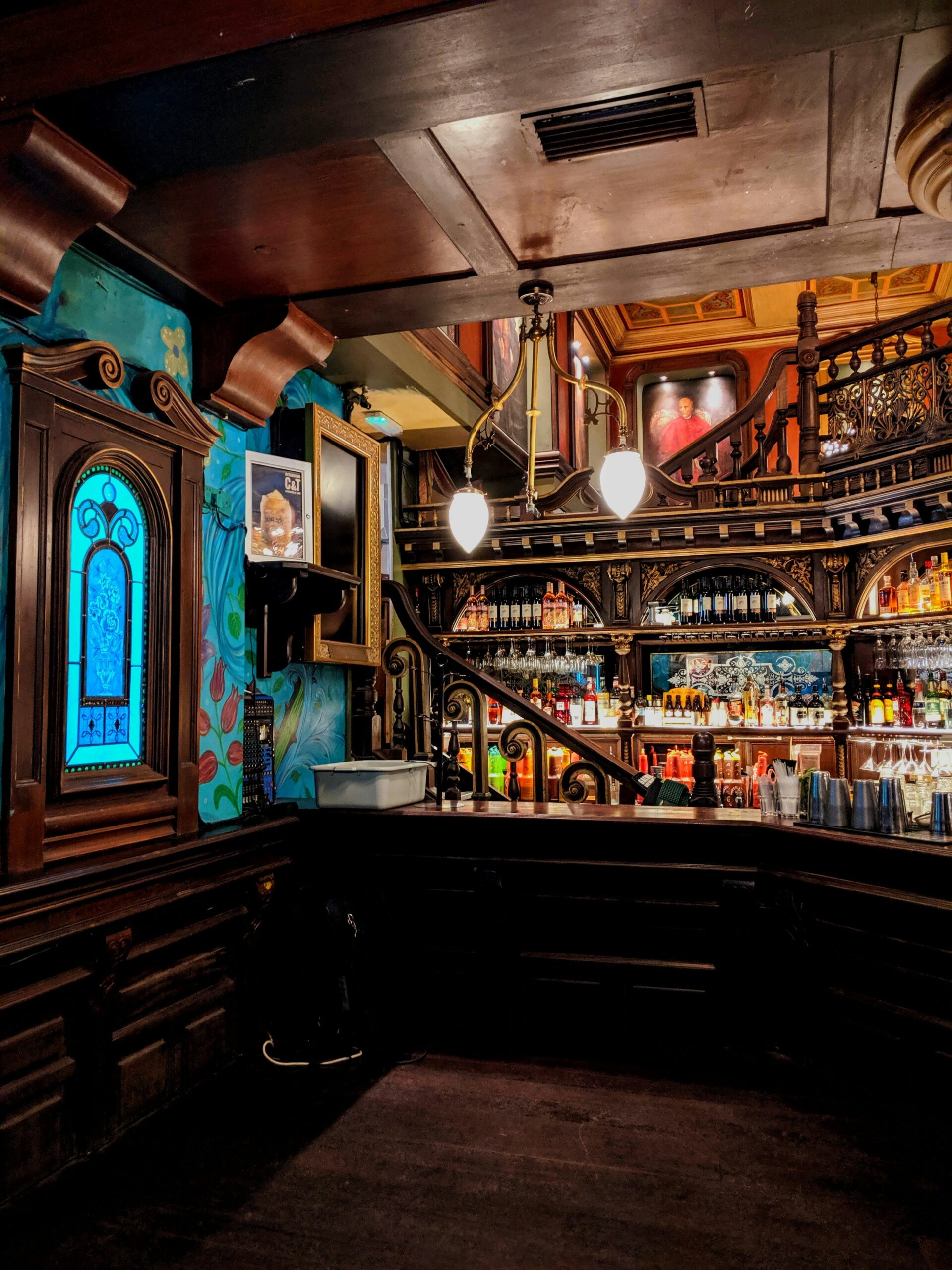
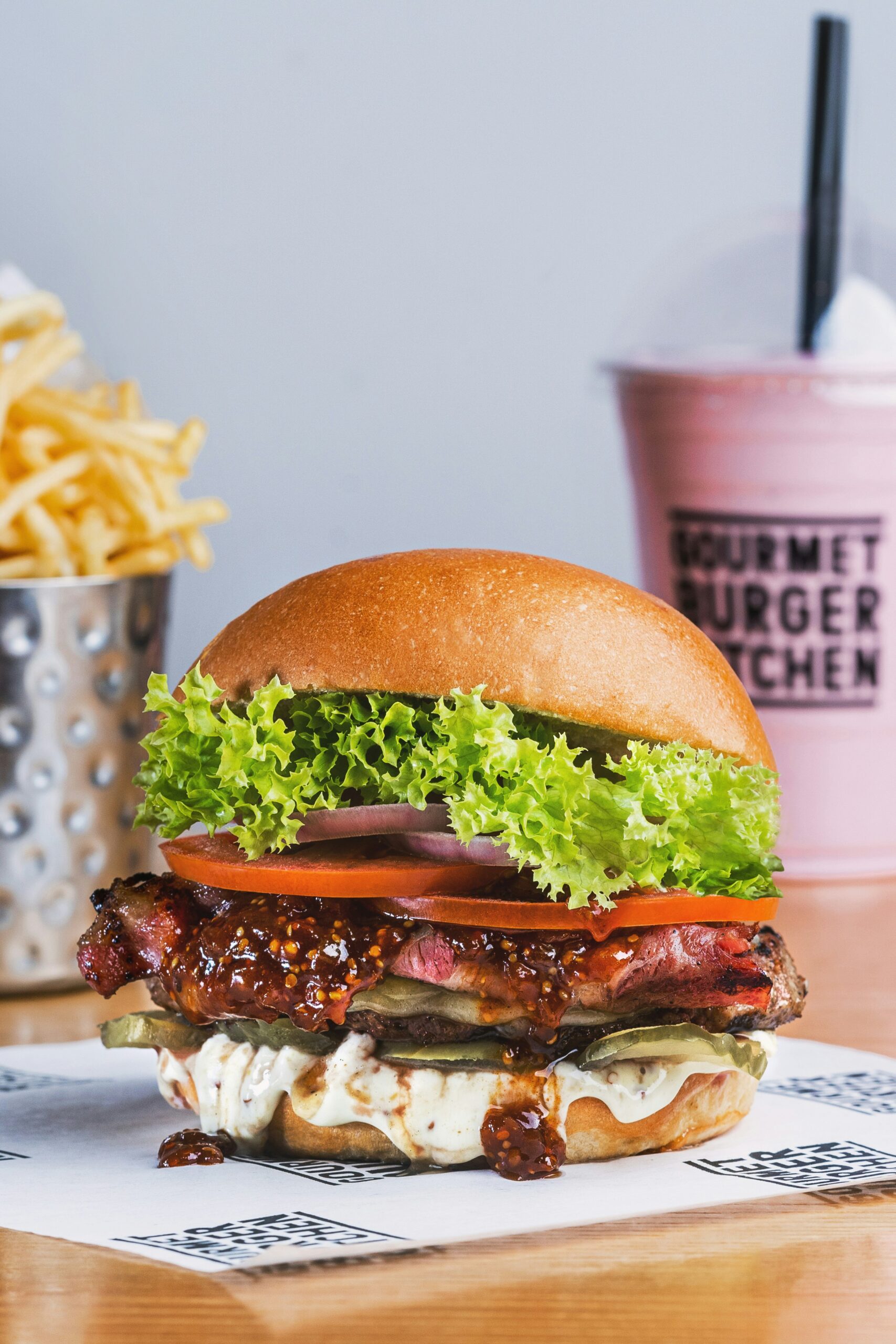

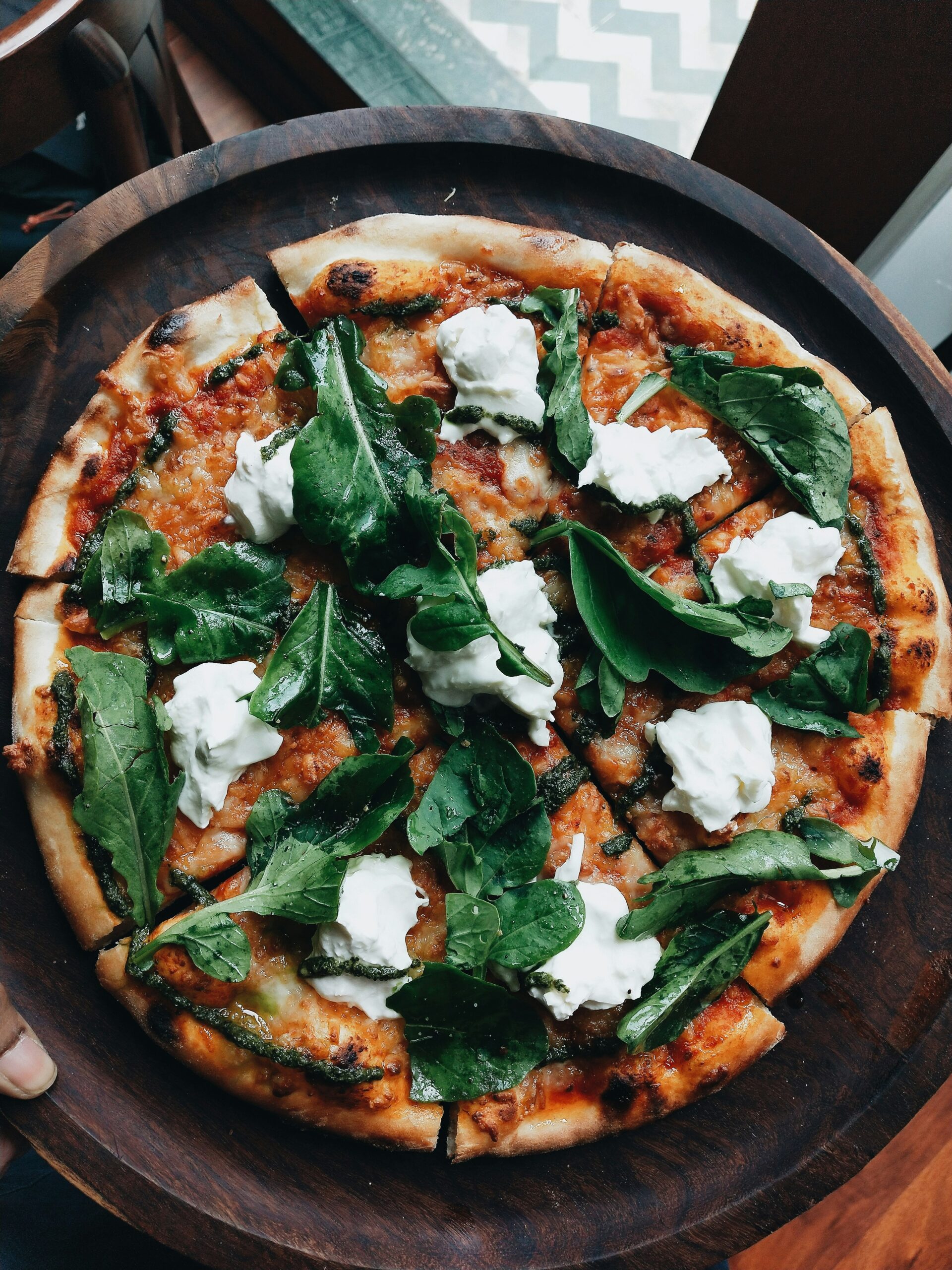
![Eat Like a Local: Hidden Foodie Towns in California 11 Eat Like a Local: Hidden Foodie Towns in California [2025 Guide]](https://californiaunpublished.com/wp-content/uploads/2025/07/nick-perez-7h0r13oZJmA-unsplash-scaled.jpg)
